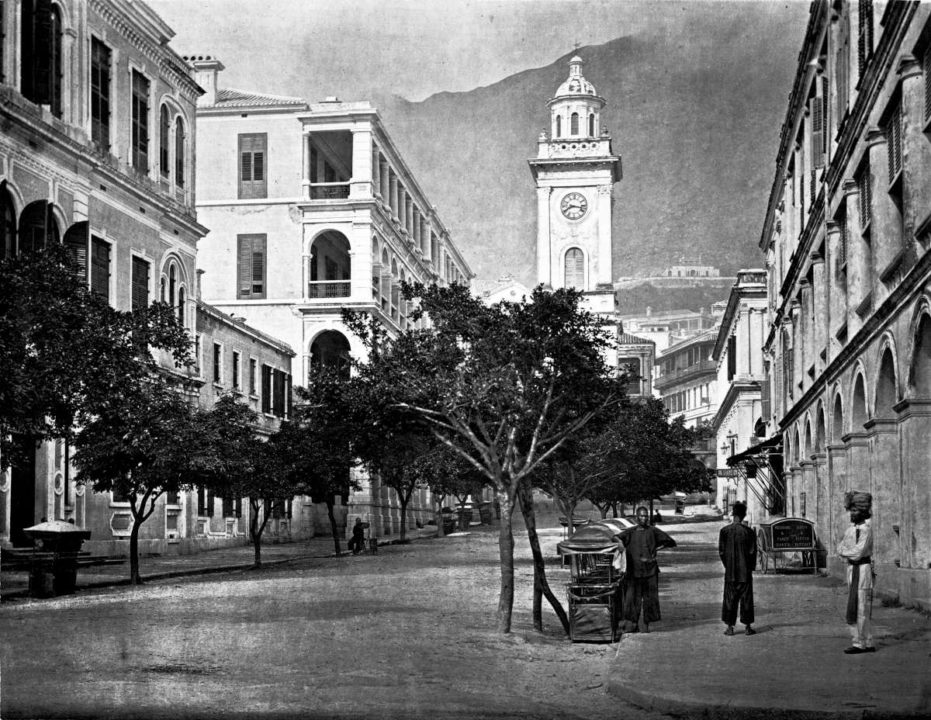Hong Kong Special Administrative Region Establishment Day, a public holiday which occurs each year on July 1, commemorates the date in 1997 that sovereignty over Hong Kong was officially handed back from Great Britain to China after 156 years of being a British colony. This year, it will have been 27 years of the 50 that China agreed that Hong Kong would retain its capitalist system and established social norms under British rule, outside of Chinese governmental influence.
The history of Hong Kong Establishment Day
On the 25th anniversary of Hong Kong SAR Establishment Day, we look back on how Hong Kong came to be under British rule from 1841 to 1997. (Save for violent Japanese occupation from 1941 to 1945.) In order to understand this and how Hong Kong’s time as a British colony ended, we look back at the tenuous state of trade between China and Western powers during the late Chinese Imperial era.
In the 18th and early 19th centuries, there was a great demand for Chinese products (especially tea, silk, and porcelain), tipping the balance of trade in China’s favour. In particular, the British had developed a strong taste for tea. Furthermore, trade between China and the West took place within the restrictions of the Canton System, effectively subjecting foreign trade to regulations imposed by the Chinese government. The system stated that trade could only happen at one Chinese port: Canton (called Guangzhou today); and only through licensed Chinese merchants.
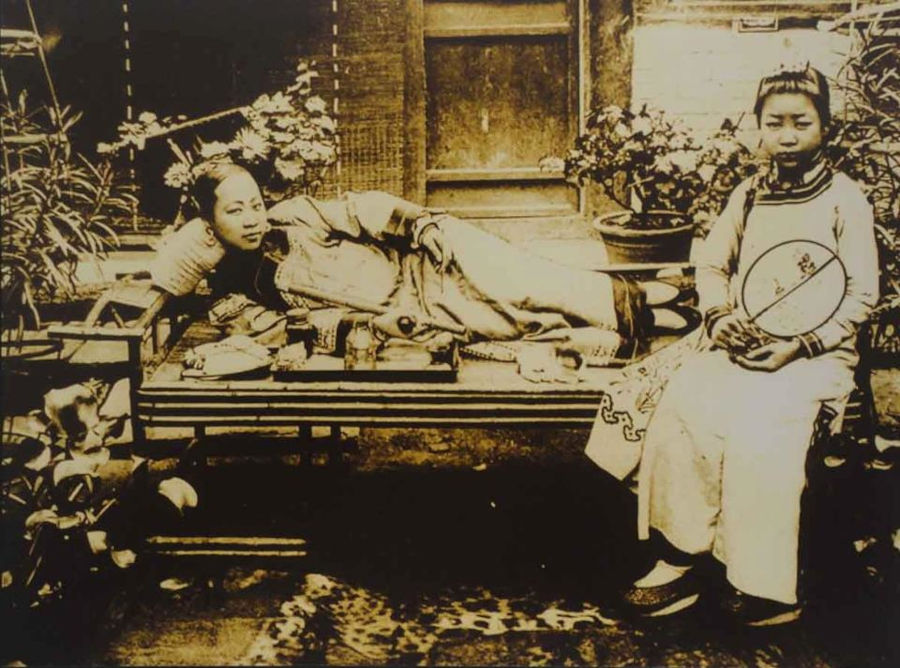
In an attempt to right this trade imbalance, the British East India Company started quietly importing opium to China, reversing the flow of silver into the Asian economy and leading to widespread addiction in the population.
Opium had already been used for mostly medicinal purposes in China for centuries. But when imports started pouring in, more and more people began smoking it as a recreational drug. With millions of addicts by the mid-1800s, the Chinese government recognized the problem and banned the production and importation of opium.
In 1839, a government official, dedicated to eliminating the “evil” of the illegal opium trade, seized and destroyed 2.6 million pounds of opium cargo from a group of merchants. The British government backed the merchants, citing the principle of free trade, and sent its navy forces to China. These tensions led to the breakout of the first Opium War.
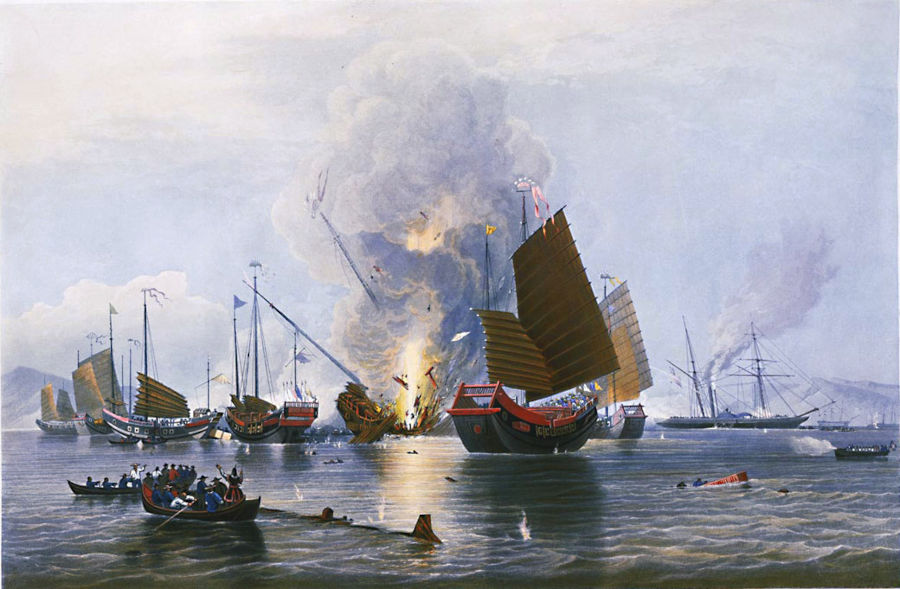
Historians attribute Chinese defeat in 1842 to Britain’s advanced weapon technology and superior naval strength. The British negotiated the signing of the Treaty of Nanjing. Among the stipulations that overwhelmingly benefitted themselves, the treaty allowed British merchants to trade at five additional ports, called the “treaty ports,” and with anyone they wanted. Also among the terms of the treaty was China’s cession of the island of Hong Kong.
Why take over Hong Kong?
Although lacking in natural resources, Hong Kong has a deep-water harbour sheltered by granite hills, making it an ideal port for British ships to ground and do repairs. With the Convention of Peking in 1860, the crown colony was expanded to include Kowloon; and the Second Convention of Peking in 1898 gave Britain a 99-year lease over the approximately 230 outlying islands that make up the New Territories. China called these, and a series of treaties the Qing dynasty signed with other empires during the 19th and 20th centuries, the unequal treaties.
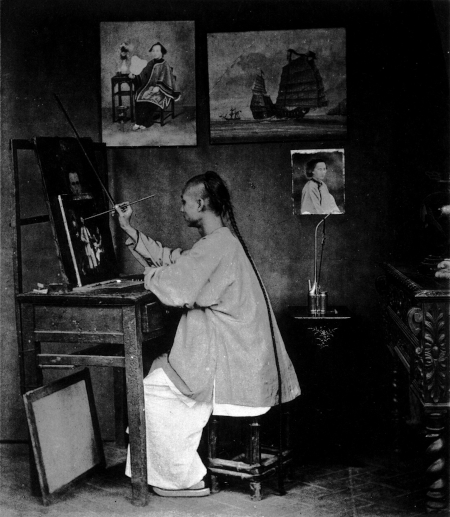
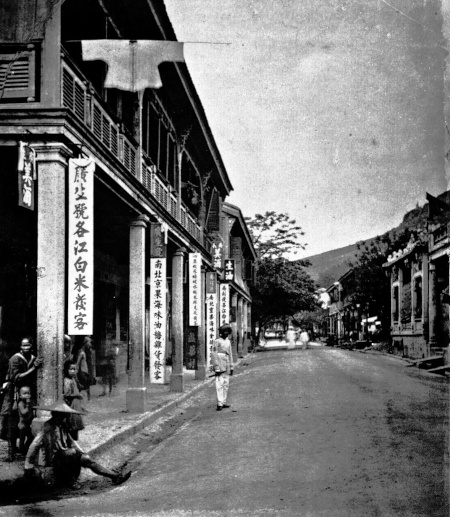
For 150 years until the day we now call Hong Kong Establishment Day, Hong Kong became a critical link between China and the rest of the world. Until recently, about 90 percent of Chinese emigrants went through Hong Kong. Chinese people returning from travels in the West and Southeast Asia entered China through Hong Kong. Hong Kong imported goods that China couldn’t produce and exported goods internationally. It was a center for money remitted by overseas Chinese. Dr. Jack Hayes, professor of Chinese and Japanese history, calls the first Opium War “the beginning of the end of late Imperial China.”
The Sino-British Joint Declaration was signed in 1984 for China to resume sovereignty over Hong Kong. The special region was to be governed under the ‘one country, two systems’ policy for 50 years, until 2047.
When the British officially left on HKSAR Establishment Day, Hong Kong was left with a mostly expatriate police force, the pervasive architectural style of a shopfront with living quarters on the second floor and a balcony (imported from Singapore, another British colony), and a commitment to economic freedom and political stability. The handover ceremony culminated on July 1, 1997 in Golden Bauhinia Square in Wan Chai.
HKSAR Establishment Day festivities on July 1, 2024
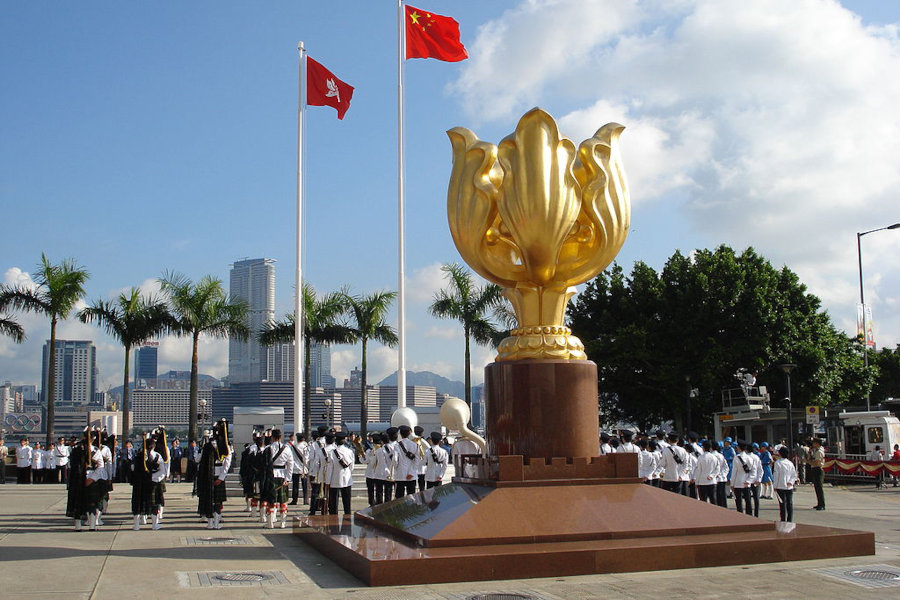
Since 1997, the July 1 public holiday had become a rallying point for pro-democracy protests. However, since 2020 pro-democracy rallies have been banned on the day.
In the midst of a serious pandemic wave in 2021, there was a light show instead of fireworks at Victoria Harbour. CE Carrie Lam attended the centenary celebrations in Beijing, marking the first time a Hong Kong chief executive was absent for the handover commemoration in the city.
HKSAR Establishment Day activities in 2024 include various freebies like:
- Star Ferry rides
- Tram trips
- Fortune Ferry journeys
- MTR Light Rail and New Territories bus trips
- Sun Ferry rides
- KMB and Long Win Bus rides for kids
- Entry to Hong Kong Wetland Park
- Guided tours
- Entry to government-run leisure facilities
- Museum exhibitions
Header image credits: Beinecke Rare Book & Manuscript Library via WikiCommons


